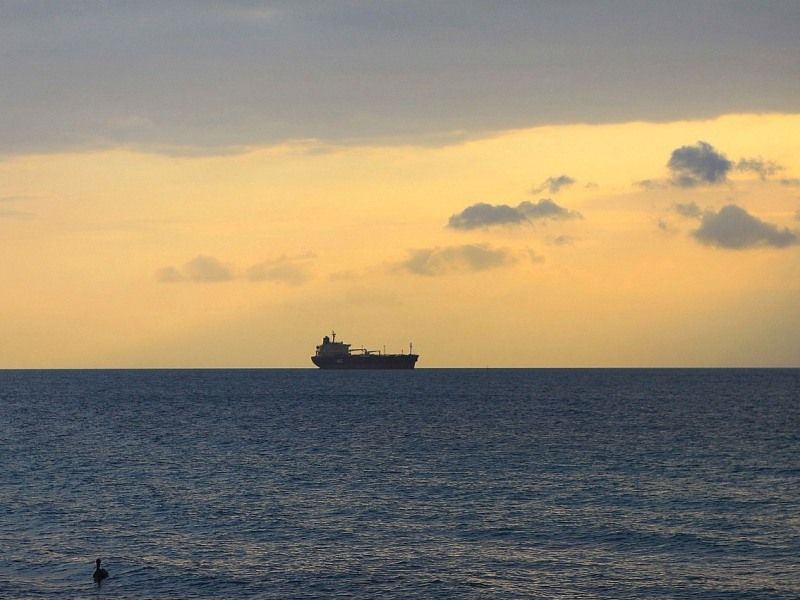External costs of maritime transport
09.14
From 2009 to 2010
TML and the Institute of Transport and Maritime Management evaluated the impact of the revision of MARPOL Annex VI, which reduces the sulphur content in fuel for ships in Emission Control Regions to 0.1%. The study focused on the effects on costs, modal distribution, and external costs.
Transport & Mobility Leuven and the Institute for Transport and Maritime Management (ITMMA) of the University of Antwerp were commissioned by the European Community of Ship owners' Associations (ECSA) to assess the impact of the new environmental legislation, i.e. the revision of MARPOL Annex VI on fuel sulphur content in 2015. This regulation provides for a reduction of sulphur content to 0.1% in the Emission Control Areas - ECAs (Baltic Sea, North Sea, and English Channel).
The study focused on three research questions.
The study showed that the regulatory use of the maritime diesel fuel (MGO) (0.1%) could lead to a negative impact on volumes and modal distribution for many origin-destination pairs. On some routes, shipping may become less attractive. This may lead to loss of volumes in favour of shorter maritime routes or road transport. Of course, the use of MGO will lead to lower emissions and thus lower external costs by shipping. But if there is a modal shift to road transport, the overall outcome may well be worse in terms of external costs.
Transport & Mobility Leuven and the Institute for Transport and Maritime Management (ITMMA) of the University of Antwerp were commissioned by the European Community of Ship owners' Associations (ECSA) to assess the impact of the new environmental legislation, i.e. the revision of MARPOL Annex VI on fuel sulphur content in 2015. This regulation provides for a reduction of sulphur content to 0.1% in the Emission Control Areas - ECAs (Baltic Sea, North Sea, and English Channel).
The study focused on three research questions.
- What is the expected impact of the new regulation on shipping costs and prices in the ECAs?
- What is the expected impact of the new regulation on the modal distribution in the ECAs?
- What is the expected impact of the new regulation on external costs?
The study showed that the regulatory use of the maritime diesel fuel (MGO) (0.1%) could lead to a negative impact on volumes and modal distribution for many origin-destination pairs. On some routes, shipping may become less attractive. This may lead to loss of volumes in favour of shorter maritime routes or road transport. Of course, the use of MGO will lead to lower emissions and thus lower external costs by shipping. But if there is a modal shift to road transport, the overall outcome may well be worse in terms of external costs.



